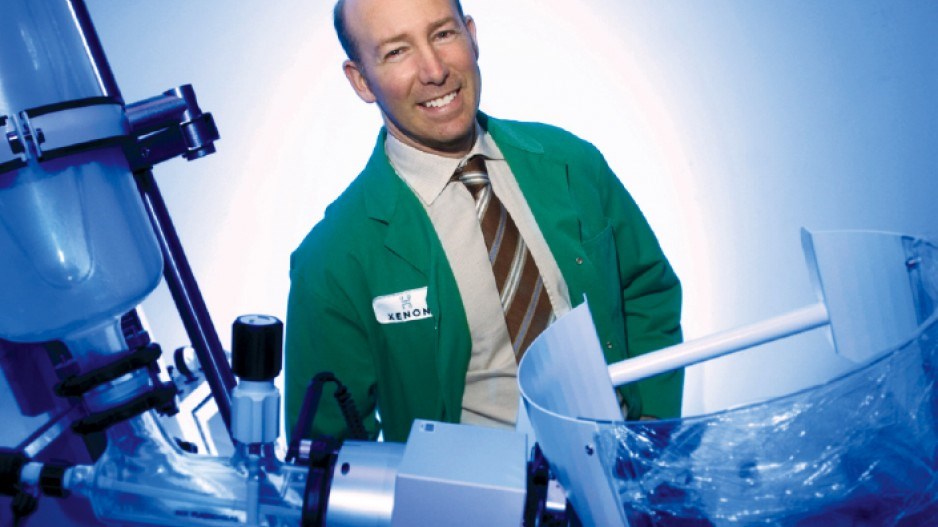Any savings that might accrue at the provincial level from lower generic drug costs could be wiped out if Ottawa concludes an agreement with the European Union that would harmonize branded drug patent laws, warns Pharmasave’s outgoing CEO.
The Comprehensive Economic Trade Agreement with the EU covers intellectual property rights. It includes a proposal that would extend by about two years the exclusivity period Canadian branded drug makers now enjoy. Generic drug makers would have to wait a couple of years longer before they could start knocking off cheaper no-name variations of the drug.
“If you extend those patents, you have effectively wiped out all of the savings that you’ve garnered through the very aggressive pricing strategies that some provinces have deployed on generic pricing,” said Pharmasave CEO Sue Paish.
She referred to the moves by B.C., Ontario and Quebec to rewrite agreements with generic drug makers to reduce drug costs, which, according to one estimate, account for between 8% and 10% of the total health-care budget in most jurisdictions.
Paish warns that both policies – extending drug patents and capping generic drug prices – are fraught with problems.
She points to Ontario, where generic drug pricing policies have already resulted in some drug makers simply withdrawing their products from the Ontario market. Canada represents only 3% of the global drug market, Paish said, so generic drug makers can always find buyers elsewhere.
“We could find ourselves in a situation where we’ve got a great drug price and no drugs, because the suppliers will sell somewhere else,” Paish said.
Generic drug makers can produce pharmaceuticals at much lower costs than branded drug makers because they make products that another company invested hundreds of millions in dollars researching and developing, once the patents on those products expire.
“They copy what’s been done by others,” said Simon Pimstone, CEO Xenon Pharmaceuticals. “They don’t actually invest in R&D in Canada, whereas the branded companies last year invested almost $1.5 billion in Canada.”
It can cost tens of millions in clinical studies just to conclude that a new drug is ineffective.
“For a company to get a drug just into the clinic, it probably takes $20 million,” Pimstone said. “Once it’s in the clinic, you have still a 90% chance of failure. That’s the odds in biotech. Of every 100 drugs that get in the clinic, 90 are going to fail.”
Patents for branded drugs have 20-year terms. But it takes eight to 10 years – and up to $1 billion – to move most new drugs through three phases of clinical trials and another 12 to 18 months to get regulatory approval. During that time, the drug generates no revenue.
Only three out of every 10 drugs that make it to market will generate revenue that equals or exceeds R&D costs, according to a recent Canadian Chamber of Commerce report on intellectual property rights in Canada’s pharmaceutical sector.
“After spending hundreds of millions, we’ll only end up having patent protection for, what’s on average, five to 10 years,” Pimstone said. “Generic drug [makers] can use all the information that’s out there that’s been invested in by others, at hundreds of millions of dollars.”
Jurisdictions like Europe have patent restoration provisions, which credit the dead time spent getting regulatory approval. This can extend the exclusivity of a branded drug by up to five years. Canada has no patent-restoration policies.
B.C.’s biotech and pharmaceutical companies warn they need the same kind of patent protection enjoyed in other jurisdictions, like the EU, if Canada wants its biotech sector to remain innovative.
There are about 130 companies or organizations in B.C. involved in biotechnology. Roughly 11,000 people are employed in the health-related life sciences sector, which has a GDP of about $1 billion, said Don Enns, president of LifeSciences BC.
“If we want to look at improving innovation, which should improve productivity within Canada, IP is one of those pillars we have to address,” Enns said.
Because consumers only see the huge price differential between branded and generic drugs – and not the hundreds of millions spent getting the drug approved – Pimstone said his industry faces monumental public relations problem when arguing for stronger patent protection.
But he and others in the industry warn that, without stronger intellectual property rights, B.C.’s biotechs will be less inclined to do the original research needed to come up with new cures for diseases.
And ultimately, those discoveries may eventually reduce health-care costs, said Gordon McCauley, CEO of Allon Therapeutics (TSX:NPC).
“If you have a drug that prevents a patient from being hospitalized, that’s a dramatic saving to the health-care system,” he said. “If you want to talk about the costs, you also have to talk about the savings.”•




